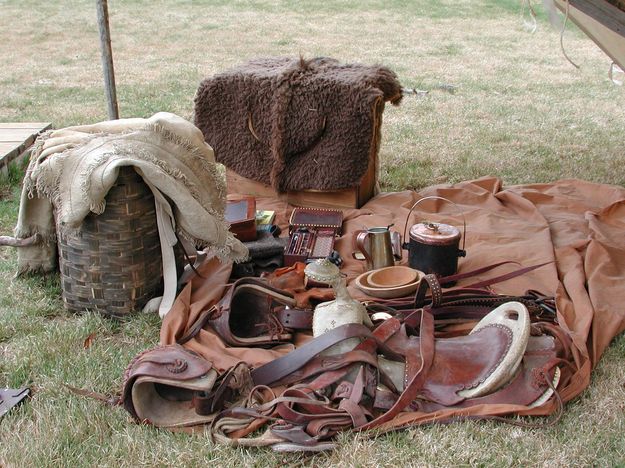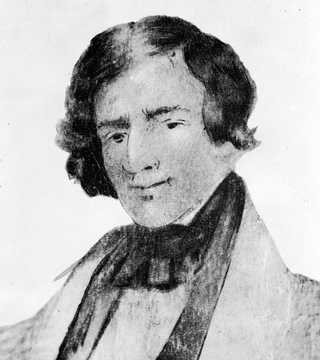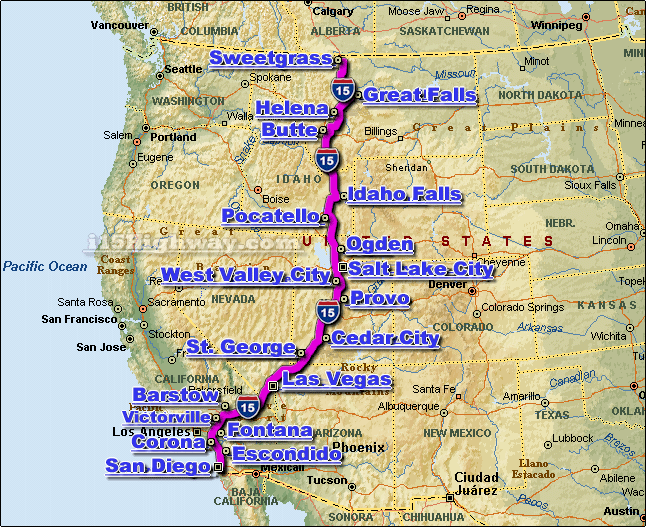The man who chose to take up the rugged endeavor of fur trapping in America’s western frontiers was a man who looked to make his own way. While characterized as a single spirit, he often traveled with his company sponsored group. There were three types of mountain men. The most common were the “Engages”; these were men who received all of their supplies and their wages from fur companies such as the American Fur Company or the Rocky Mountain Fur Company. All of the furs these men collected were considered assets to the company for the debt of the gear and the man’s pay. The “Skin Trappers” were slightly higher in the social framework of the mountain man. These men were outfitted by a certain company but had struck a deal allowing the fur company a set percentage of the pelts harvested to pay back the cost of the company’s equipment. The “Skin Trapper” was then able to sell the rest of the years’ pelts for his own profit. At the pinnacle of the social network of mountain men were the “free trappers”. These men outfitted themselves and they were the only mountain men without a company holding his leash. He was free to trap where he liked with whomever he liked, taking the profits and the risks himself.[1]
The Birth of a Legend and the Ending of an AgeThe age of the mountain man was a short one. Demand for the beaver pelts dropped dramatically by 1834. The beavers, once so plentiful in the rivers and streams, were nearly extinct. The fashion trends that demanded them found a new “must-have of the season” in silk, using it for the hats and other accessories the beaver pelts were prized for. Prices plummeted as fast as the demands did, falling by over half in only one year.[2]
Roles for the mountain man were changing as well. More and more people were looking to the American West as a place of great adventure and new beginnings. Wagon trains needed direction and pioneers need a leader. The mountain man turned guide was in high demand, able to keep his wild spirit of adventure and his lifestyle. A few would have stayed with their wife’s native family, keeping the tradition of caring for her family. Some men, however, came from the mountains to reenter society. A few had the means to do so but many had only their stories.[3]

[1] Emily Zimmerman, "The Fur Trade: 'Beaver Powered Mountaineering," The Mountain Men: Pathfinders of the West, accessed December 6, 2011, http://xroads.virginia.edu/~hyper/hns/mtmen/furtrade.html.
[2] Emily Zimmerman, "The Fur Trade: 'Beaver Powered Mountaineering," The Mountain Men: Pathfinders of the West, accessed December 6, 2011, http://xroads.virginia.edu/~hyper/hns/mtmen/furtrade.html.
[3] Osborn Russell, Journal of a Trapper: A Hunter's Rambles Among the Wild
Regions of the Rocky Mountains (n.p.: Fine Communications , 1997).
Grand Teton Photo Credit: Grand Teton Park, Destination 360, http://www.destination360.com/north-america/us/wyoming/grand-teton-national-park
Regions of the Rocky Mountains (n.p.: Fine Communications , 1997).
Grand Teton Photo Credit: Grand Teton Park, Destination 360, http://www.destination360.com/north-america/us/wyoming/grand-teton-national-park






